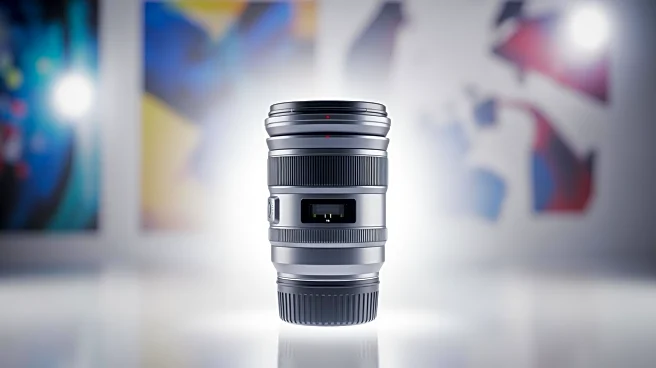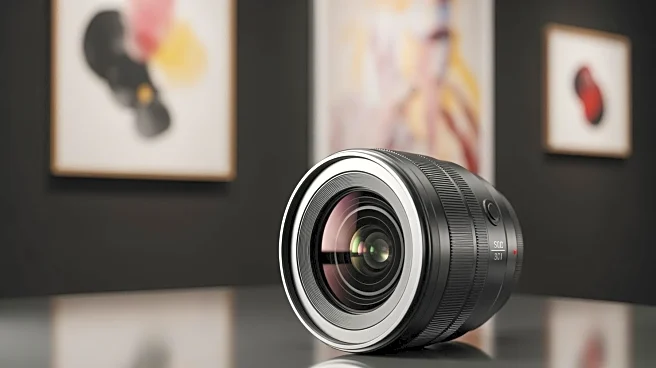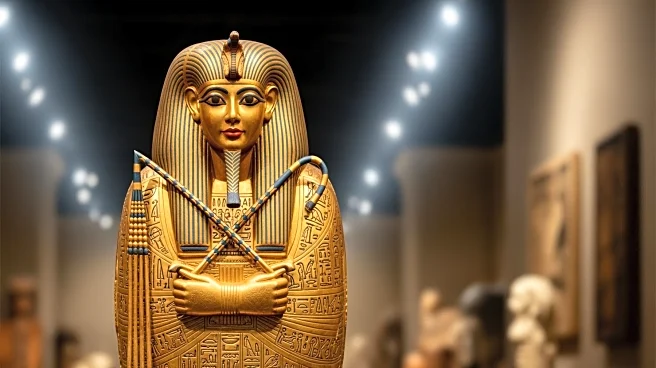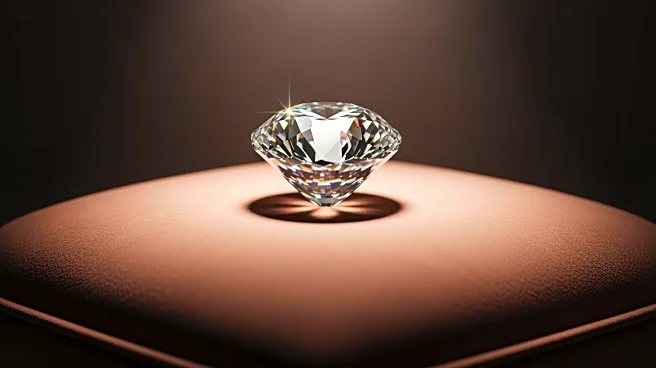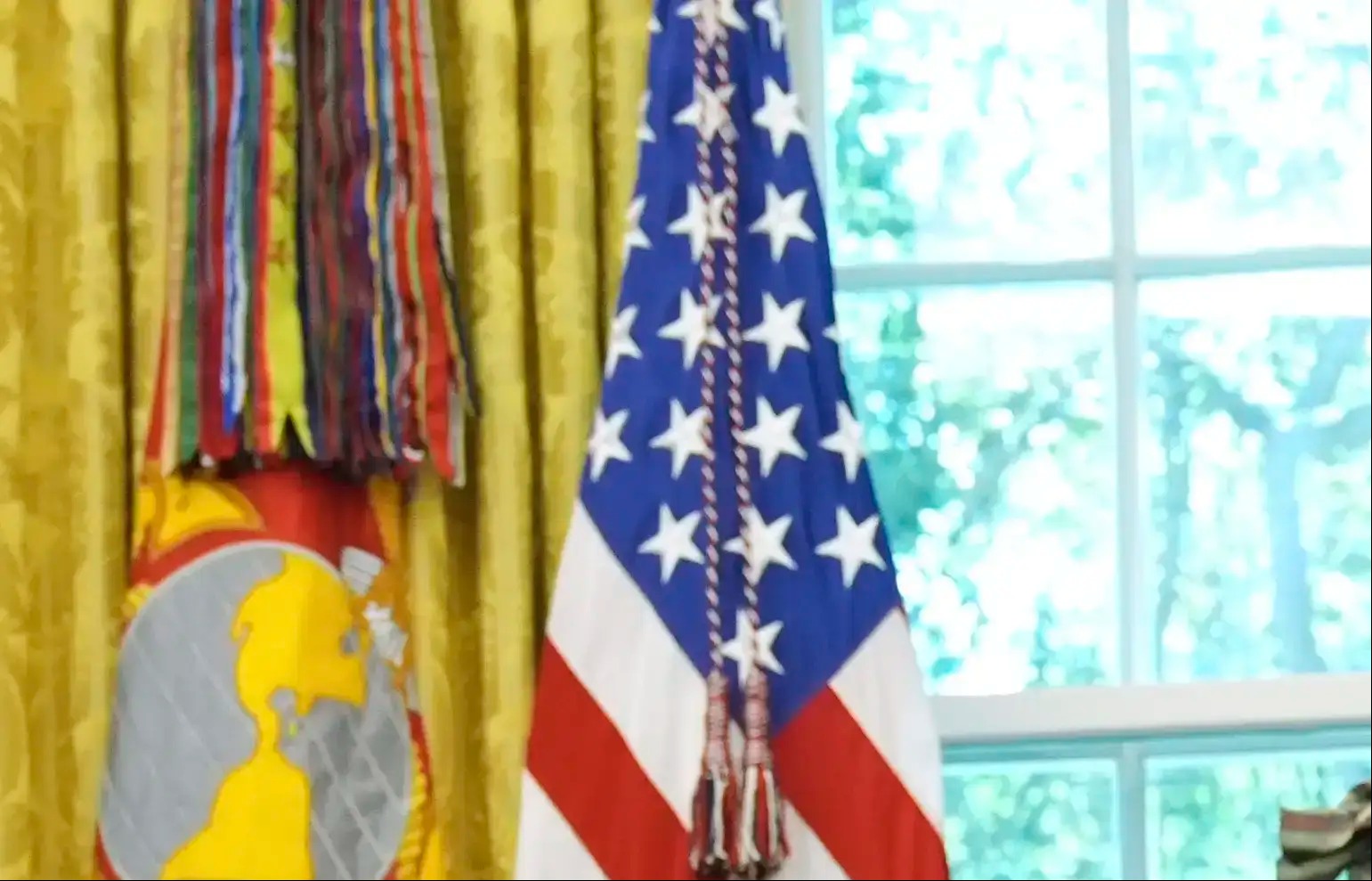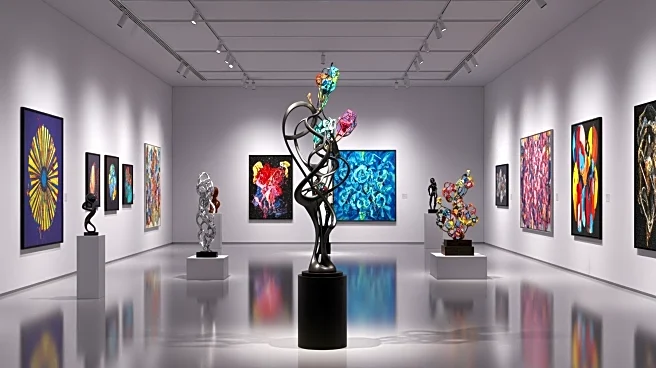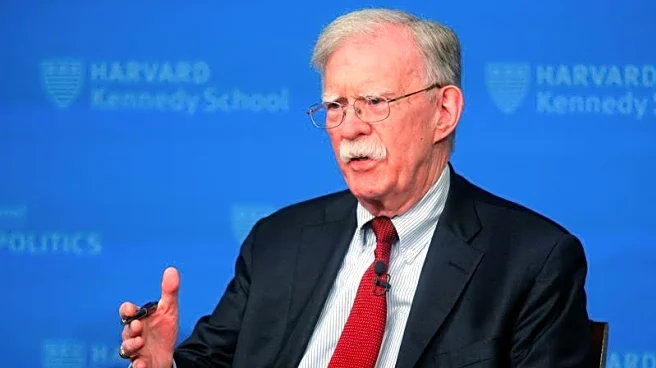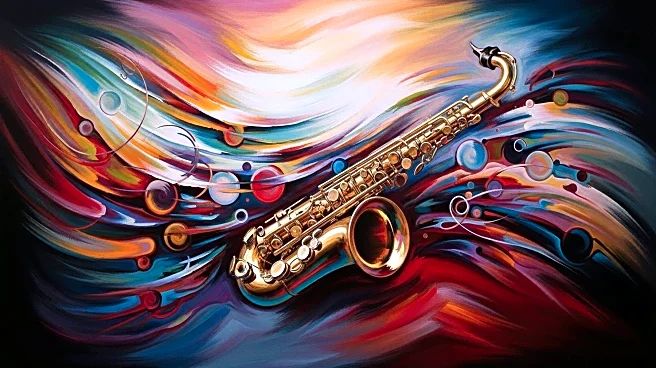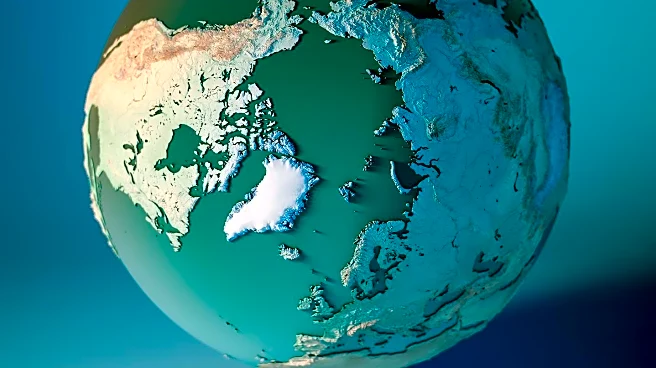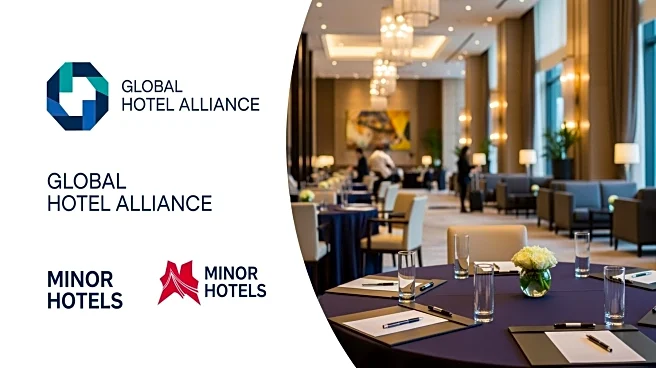What's Happening?
Photography is gaining prominence at Frieze London, with major galleries like Pace Gallery showcasing significant works. Pace has dedicated its booth to Peter Hujar, a U.S. photographer known for chronicling
New York's 1970s and 1980s gay scene. This focus on photography is part of a broader trend where commercial galleries are increasingly investing in the medium, especially since the pandemic, which saw a rise in digital art presentations. Other galleries, such as Gagosian and David Zwirner, are also expanding their photography departments, reflecting a growing market interest. The exhibitions at Frieze London include works by artists like Lee Miller, whose show at Tate Britain has been well-received, and Arthur Jafa, whose photographic images are on display at Sadie Coles.
Why It's Important?
The increased focus on photography at major art fairs like Frieze London signifies a shift in the art market, where photography is being recognized as a significant art form. This trend is important for the U.S. art market as it opens up new opportunities for American photographers and galleries to gain international exposure. The accessibility of photography, both in terms of price and its digital adaptability, makes it appealing to a broader audience, including younger collectors. This could lead to a democratization of art collecting, where more people can participate in the art market. Additionally, the political and subversive potential of photography, as noted by industry experts, aligns with current cultural and social movements, making it a relevant medium for contemporary discourse.
What's Next?
As photography continues to gain traction, more galleries are expected to expand their photography offerings, potentially leading to a more diverse and inclusive art market. The success of photography exhibitions could encourage other art fairs and galleries to follow suit, further integrating photography into the mainstream art world. This could also lead to increased investment in photography by collectors and institutions, driving up the value and recognition of photographic works. The ongoing development of digital platforms for art presentation may also enhance the visibility and accessibility of photography, attracting a global audience.
Beyond the Headlines
The growing acceptance of photography as a fine art form challenges traditional distinctions between photography and other art forms. This shift could lead to a reevaluation of what constitutes art and who gets to define it. The focus on photography also highlights issues of representation and diversity within the art world, as more photographers from varied backgrounds gain recognition. The medium's inherent connection to reality and its potential for political commentary make it a powerful tool for social change, reflecting and influencing public opinion.
